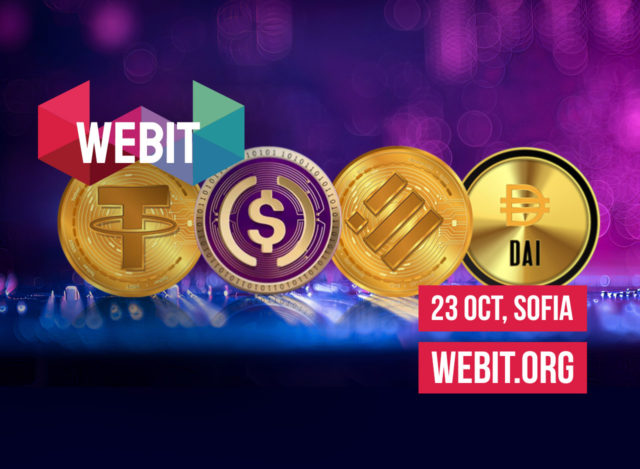Stablecoins have emerged as a pivotal innovation in the cryptocurrency space, promising the benefits of digital assets while minimizing the volatility typically associated with them. As their adoption grows, so does the need for comprehensive regulatory frameworks to ensure their stability and security. One such significant regulatory effort is the European Union’s Markets in Crypto-Assets (MiCA) regulation. This article explores the concept of stablecoins, the necessity of regulation, and how MiCA aims to address the challenges posed by this burgeoning sector.
Understanding Stablecoins
Stablecoins are a type of cryptocurrency designed to maintain a stable value relative to a reference asset, often a fiat currency like the US dollar or the euro. They offer the transactional benefits of cryptocurrencies—such as speed, low cost, and borderless transactions—without extreme price fluctuations.
Types of Stablecoins
- Fiat-Collateralized: These stablecoins are backed by reserves of fiat currencies held in a bank account. Examples include Tether (USDT) and USD Coin (USDC).
- Crypto-Collateralized: Backed by other cryptocurrencies, these stablecoins maintain stability through over-collateralization and smart contracts. An example is DAI.
- Algorithmic: These stablecoins use algorithms to control the supply, adjusting it to maintain a stable value. TerraUSD (UST) was a notable example before its collapse.
The Need for Regulation
Stablecoins, while offering numerous advantages, also pose significant risks. Their widespread use for payments and as a store of value means any instability can have broader economic implications.
Key Concerns
- Market Integrity: Ensuring that stablecoins are fully backed by reserves and that these reserves are readily accessible.
- Consumer Protection: Safeguarding users from potential losses due to fraud, mismanagement, or insolvency of stablecoin issuers.
- Financial Stability: Preventing systemic risks that could arise from the failure of a widely-used stablecoin.
- Illicit Activities: Mitigating the use of stablecoins in money laundering, terrorist financing, and other illegal activities.
MiCA: Markets in Crypto-Assets Regulation
The European Union has taken a proactive stance with the introduction of the Markets in Crypto-Assets (MiCA) regulation. MiCA aims to provide a comprehensive regulatory framework for cryptocurrencies, including stablecoins, to foster innovation while ensuring financial stability and consumer protection.
Key Provisions of MiCA
- Authorization and Supervision: Issuers of stablecoins, or “asset-referenced tokens,” must obtain authorization from national competent authorities and adhere to stringent oversight.
- Reserve Requirements: Stablecoin issuers must hold sufficient reserves to back their tokens fully. These reserves must be segregated and protected in case of issuer insolvency.
- Transparency and Disclosure: Issuers are required to provide detailed white papers outlining the nature, purpose, and technology behind the stablecoin, along with regular audits and public disclosures about the reserves.
- Consumer Protection: MiCA introduces measures to protect consumers, including rights to redemption and clear information about potential risks.
- Market Integrity: The regulation sets out rules to prevent market abuse, including insider trading and manipulation.
Impact of MiCA on the Stablecoin Market
MiCA is expected to have a profound impact on the stablecoin market, setting a precedent for regulatory frameworks globally.
Benefits
- Increased Confidence: Robust regulation can enhance trust in stablecoins, encouraging wider adoption by consumers and businesses.
- Market Stability: By ensuring that stablecoins are adequately backed and transparent, MiCA aims to prevent the kind of instability seen with algorithmic stablecoins.
- Innovation and Growth: Clear regulatory guidelines can provide a conducive environment for innovation, attracting investment and fostering competition in the FinTech sector.
Challenges
- Compliance Costs: The regulatory requirements may impose significant costs on issuers, potentially stifling smaller startups.
- Global Coordination: As cryptocurrencies are inherently borderless, there is a need for coordination with regulatory frameworks in other jurisdictions to avoid regulatory arbitrage and ensure comprehensive oversight.
Stablecoins represent a significant advancement in the digital finance landscape, offering the promise of stability and efficiency. However, their potential risks necessitate robust regulatory frameworks. The EU’s MiCA regulation stands as a pioneering effort to address these challenges, aiming to protect consumers, ensure market integrity, and foster innovation. As MiCA comes into effect, it will likely shape the future of stablecoins and set a benchmark for global regulatory efforts, balancing the benefits of technological innovation with the need for financial stability and security.
Join the discussion and learn from global leaders in the industry on the 23rd and 24th of October in Sofia. https://www.webit.org/festival-europe/index.php
#WebitFestival2024 is an exciting opportunity for industry leaders and experts to come together to discuss the latest trends and developments in the field of education.
